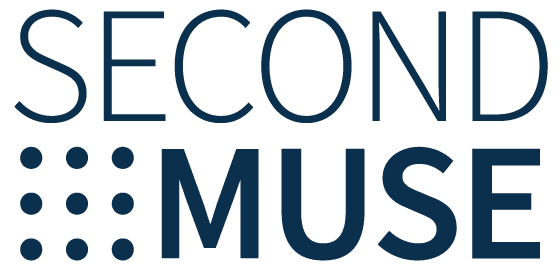Headstream’s Impact Navigator is a rare resource redefining the way entrepreneurs, investors and other stakeholders can measure the impact of digital technologies on youth wellbeing.
How It Works
The tool provides users with accessible descriptions of the impact they seek to make and maps that impact to social science. For startup users, it begins with a questionnaire that determines impact metrics most relevant for their business. In Christel’s case, the results indicated that in order for his product to “Enlighten minds” and “ignite student potential,” he should focus on the promotion of prosocial norms, pro-social opportunities, social competence and bonding. In essence, it translated his business objectives into specific, measurable goals rooted in research.
The tool then generated a questionnaire that users of his product (students) could use to help administrators (in his case, teachers) collect evidence and measure progress. Questions on that survey, which Christel programmed into the Enlight web app, included: Do you feel like you have an adult that cares about you? When you need help, do you trust that your teacher will help you? Are you successfully finding internships? The tool had customized these evidence-based measures of positive youth development for his product.
The results — even if they are “hard truths,”— Christel said, are valuable for teachers, students, investors and himself, an entrepreneur interested in demonstrating the impact of his product.
“The tool helped to really solidify my product’s value proposition. I’m now able to show educators exactly how we will make an impact and how we will track and measure it over time,” he said.
Headstream is continuing to develop Impact Navigator and now has its sights set on understanding how the tool can be used to measure the impact of the entire sector.
In the meantime, Christel will be piloting the student survey at the beginning of the fall semester and then re-polling students when the semester ends. “For the first time ever my company will have metrics to compare how students were doing before and after using Enlight. It was the missing piece of my puzzle.”










